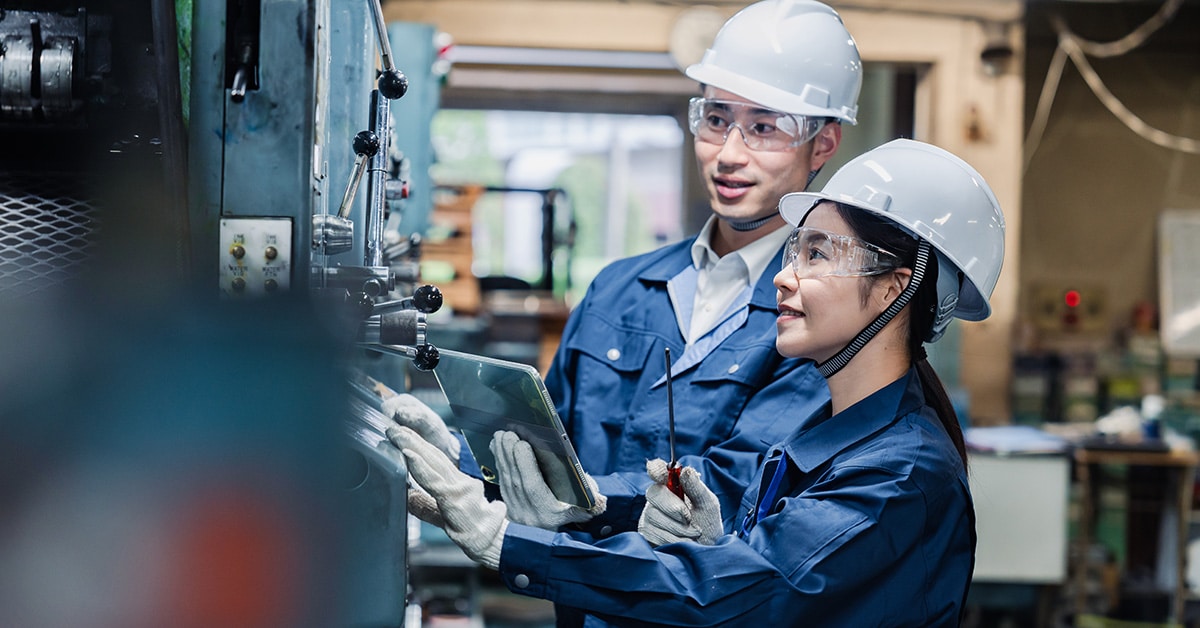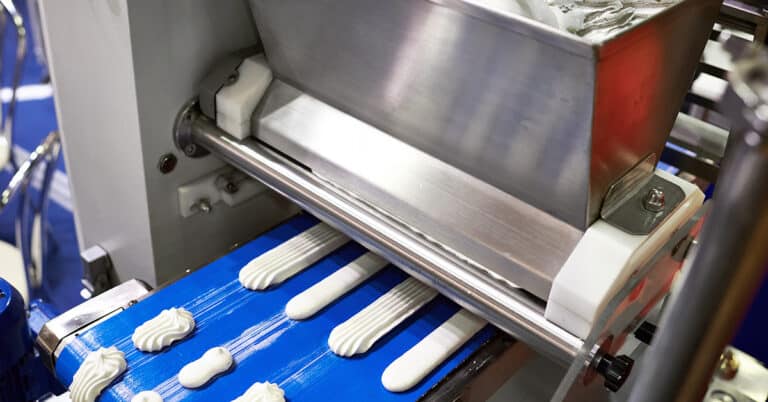Keeping track of your facility’s maintenance operations is a big job, and one that shouldn’t be taken lightly. This is why many manufacturers and production facilities have a dedicated maintenance supervisor on staff to oversee these mission-critical tasks. Industrial maintenance supervisors are responsible for coordinating technicians, creating schedules and ensuring the overall reliability of critical equipment. With experienced and knowledgeable people in these positions, industrial workplaces can prevent unexpected downtime, maintain high levels of productivity and ensure a safe environment for workers. Continue reading to learn more about what falls under a maintenance supervisor’s job description and what makes these professionals so important for industrial facilities.
Responsibilities of an industrial maintenance supervisor
At a high level, these maintenance management professionals are responsible for making sure technicians perform all the work necessary to keep facilities running smoothly and in line with the company’s operational goals. On a daily basis, this means they have numerous responsibilities they must stay on top of regularly, such as:
- Scheduling and resource allocation: These supervisors are responsible for assigning specific tasks to maintenance technicians, balancing their workloads and planning their shifts. They also have to pay close attention to inventory levels to make sure critical parts are available when needed.
- Equipment monitoring and preventive maintenance: Supervisors coordinate regular preventive maintenance activities as well as pay close attention to machine health indicators to guide these efforts.
- Compliance and safety: In addition to overseeing lockout-tagout procedures, a maintenance manager is responsible for coordinating regulatory documentation and conducting regular hazard assessments.
- Budget and inventory control: Managing budgets for spare parts, tools and external services is one of the most important maintenance supervisor duties, especially when it comes to preventing overstock and other wasteful practices.
Maintenance supervisor skills and leadership qualities
Although expertise and industry experience are undoubtedly crucial for industrial maintenance supervisors, their skillsets should go beyond the literal nuts and bolts of the job. Among the many skills and qualities these professionals should possess are:
- Technical knowledge and problem-solving: Understanding the needs of complex industrial machinery is critical, as is the ability to diagnose issues and develop solutions in a tight timeframe.
- People management: Supervising a team of maintenance personnel and maximizing their performance requires supervisors to motivate and coach technicians, resolve conflicts, and foster a collaborative environment.
- Communication and reporting: Supervisors must be able to keep management updated on maintenance KPIs such as downtime and repair costs.
- Adaptability and continuous learning: As needs continually evolve, maintenance supervisors must stay up to date with the latest technologies, trends and safety standards to excel in their roles.
Tools and technology for modern maintenance supervisors
In the modern manufacturing environment, maintenance managers should be able to leverage technology to help them track their teams’ performance and coordinate tasks in the most effective manner. Some of the most important technological tools at their disposal include:
- Computerized maintenance management systems (CMMS): A CMMS leverages real-time data to assign work orders, monitor asset health and streamline the record-keeping process.
- Predictive maintenance analytics: Sensors on Industrial Internet of Things (IIoT) enabled machines provide detailed information that can predict imminent machine failures and prompt the appropriate maintenance activities.
- Collaboration and mobile apps: To keep everyone connected at all times, managers use connected devices and apps to capture photos, track repairs and instantly report any issues that may be detected.
- Dashboards and KPI monitoring: Supervisors can use dashboards to get a bird’s-eye view of key metrics such as mean time between failures, on-time task completion and cost per repair. This gives them what they need to make the most informed decisions.
Challenges faced by maintenance supervisors
Maintenance supervisors have a lot on their plates, and being able to overcome their challenges is a key element of what makes them successful. Some of the hurdles they are sure to encounter in their daily work include:
- Skill gaps and labor shortages: Being short-staffed means productivity is likely to suffer, which is why managers need to prioritize training initiatives and employee retention strategies that ensure the skills they need remain in the department.
- Balancing immediate fixes with long-term improvements: Embracing root cause analysis and continuous improvement strategies empowers maintenance teams to work proactively, rather than constantly reacting to issues.
- Time and resource constraints: Supervisors must balance unexpected emergencies alongside their scheduled preventive maintenance tasks.
- Evolving safety and regulatory standards: Keeping up with OSHA rules and industry standards is critical for avoiding major headaches that may develop.
Best practices and strategies for effective maintenance supervision
There are a number of practices effective maintenance supervisors follow that lead to streamlined operations. Supervisors who want to successfully handle their key responsibilities and create the most effective organization should remember:
- Daily/weekly briefings: Regular check-ins with technicians ensures everyone is on the same page when it comes to priorities, current machine statuses and any changes in procedures or protocols.
- Data-driven decisions: Supervisors should prioritize data-driven decisions from machine sensors and analytics to ensure that preventive maintenance efforts are accurately targeted.
- Continuous training and mentorship: Cross-training, rotating responsibilities and developing specialized skills ensure that staff members possess the comprehensive knowledge required to make the biggest impact.
- Alignment with production and leadership: Effective communication is key. Supervisors should maintain regular contact with operations managers to schedule equipment downtime, so it minimizes impact. Additionally, they need to collaborate with management to secure budgets and plan for capital improvements.
An industrial maintenance supervisor plays an important role in ensuring the long-term health and productivity of your facility. With a strong leadership in place, your maintenance team will operate at peak efficiency, ensuring seamless and smooth operations. To learn about how ATS can support your maintenance supervisor through technology, consulting or staffing solutions, reach out and contact us today.






